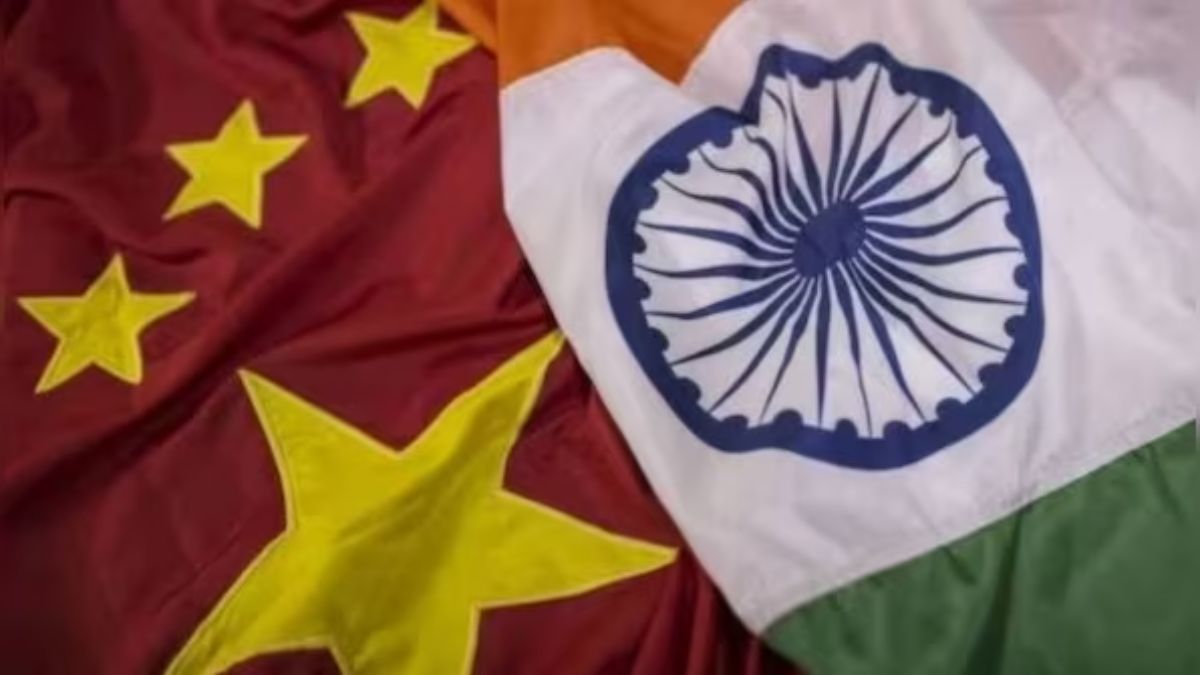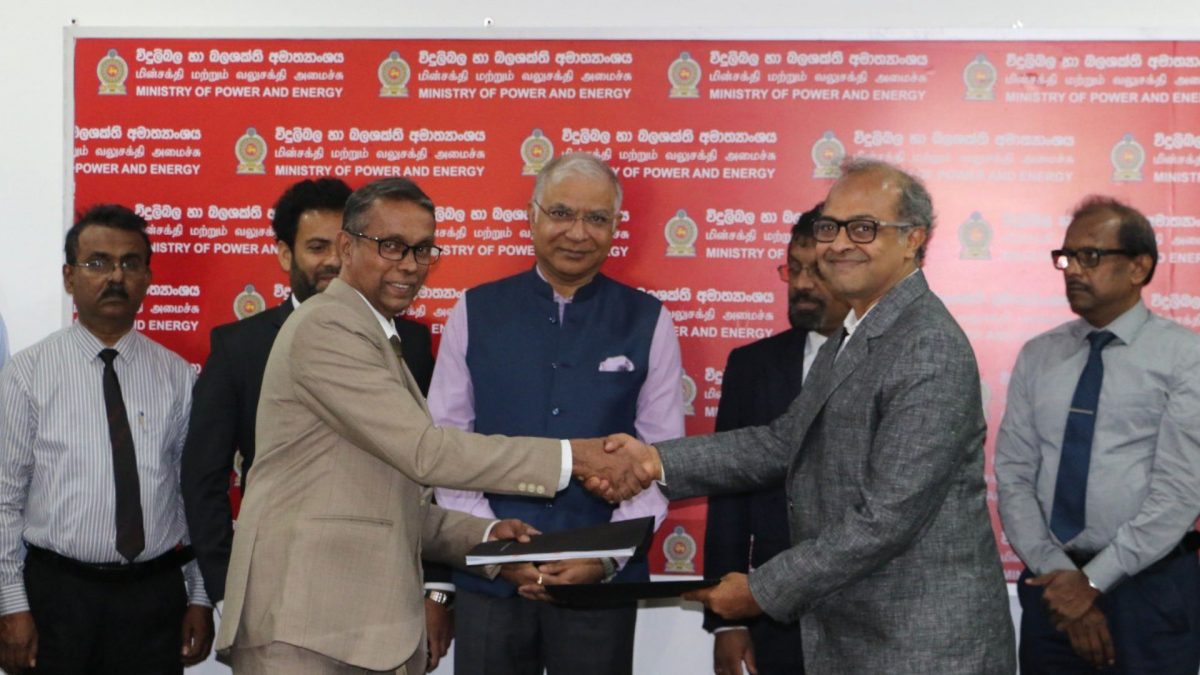Lassa Khandey, we know, was dragged away from alongside the wall where he was tending to the injured, marched into the woods, and shot; his body set on fire in a macabre rite of celebration. Arvind Kumar was shot through the gut with a shotgun, at point blank range, likely by one of his neighbours.
Bashir Ahmad couldn’t move his legs, hobbled by an earlier road accident, fast enough to get out of the burning hotel he’d been sitting in. None of them did anyone harm. Yet, there’s been nothing, anywhere in Kishtwar, to mark their deaths; not a slogan raised; not even a silent protest.
Kishtwar celebrated a grim Independence Day last morning. Three days of driving rain have washed away the cinders of the almost-hundred homes and shops gutted in the 9 August communal violence, but not the hate. Local Bharatiya Janata Party politicians, as well as Hindu community leaders, stayed away from 15 August celebrations, saying they wanted a union minister to meet with them. Muslims joined in, but without joy.
Law Minister Mir Saifullah, who unfurled the national flag, had this to say to them: “you can’t choose your neighbours, but you can choose between living together as friends, or live like animals”.
From the accounts of local residents and police investigators, there’s little dispute about just what happened in Kishtwar that day. That morning, hundreds of worshippers marched through Kuldeed chowk, to join an Eid prayer gathering of over 20,000 people at the sprawling Chowgan maidaan. Varinder Kumar, a police officer assigned as a bodyguard to local Bharatiya Janata Party leader Sunil Sharma, was driving the other way. He pressed his horn once too often, trying to push past the crowd, and ended up being slapped around. Incencesed, Kumar rounded up some young Hindu friends from one corner of the neighbourhood, who began throwing stones at his attackers.
Within minutes, groups of young Muslim men were attacking Hindu-owned properties, and young Hindu men Muslim-owned properties. Local residents, hoping to protect their properties, let fly with shotgun fire.
Local police, too heavily outnumbered to use batons to control the violence, and fearful of provoking a stampede by firing into the tens of thousands of worshippers, paused-with lethal effects.
The violence, local residents say, raged on for hours. Petrol was looted from a pump next to the maidaan. Poor rural migrants living on the fringes of Kishtwar join in to loot from shops in the bazaar. The targets included shops selling electronics and branded shoes, but also a gun dealer-and, up the road, a liquor outlet..
“It was a bit like a one-day cricket match”, says Kishtwar People’s Democratic Party politician and businessman Ishtiaq Waza. “The youth mobs who were out pillaging the town took a break for lunch, and came out again for a second round”.
It wasn’t until 11.30am that the administration got around to summoning its wits, and the army. Besieged in the government Dak Bungalow, minister of state for home Sajjad Kitchloo, who resigned earlier this week, was evacuated over the back wall of the local government guest house. The army, stationed at Kishtwar’s helipad, rapidly deployed on the road separating Hindu and Muslim homes near the Chogan maidaan. It didn’t receive orders, though, to stage patrols through the town until Director-General of Police Ashok Prasad pleaded with high officials in New Delhi. It was only late in the evening that four army columns fanned out, imposing curfew across the town.
Kishtwar was now locked down-but fresh violence broke out the next morning in Padder, three hours away. Pilgrims bound for a shrine at Macchel came to blows with the village’s small Muslim minority, under circumstances that still aren’t clear. Police sources say members of the local Village Defence Committee, a militia set up to fight terrorists, opened fire from an adjoining hilltop. Three people were injured-and further rioting broke out in the nearby hamlet of Atholi, when angry pilgrims attacked a helicopter sent in to evacuate the victims.
Khandey, who was last seen near the police station tending to the injured, was dragged away and killed-the last victim of the carnage.
Ever since Narendra Modi invoked the Kishtwar killings in a speech, controversially insinuating there had been large-scale killings, the Eid riots have provoked national controversy. The BJP’s Arun Jaitley has charged the state government with failing to protect religious minorities; there have been dark hints that Sajjad Kitchloo might have been complicit in the violence. For their part, National Conference and Congress leaders have suggested the local BJP leadership fanned the flames. Though communal polarisation will suit both the BJP and National Conference just fine, there’s precious little hard evidence that the riots were planned.
The truth is likely much simpler-and much darker.
For weeks before the riots broke out, there were signs of trouble. It all began last month, when rumours began to swirl that a mysterious gang of men in black underwear were seeking to kidnap children to harvest their organs.
The rumours spread region wide: in Samba, for example, villagers claimed the gang was run by a Bengali sorcerer, whose agents infiltrated villages having been magically turned into innocent-looking sheep. In the Kishtwar belt, the stories mutated into accounts of mysterious aggressors, who were hurling stones on the tin roofs of villagers at nights to draw them out, before raiding their homes. Indeed, on Eid-eve, villagers in Doda’s Bhagwa village surrounded a late-night army patrol, claiming they were actually mystery vandals; the soldiers avoided a potential tragedy, by reasoning with them rather than firing.
Arif Reshu, Doda’s Superintendent of Police, says he investigated the black-underwear stories, and found them without exception to be baseless. “I’m guessing there were probably some kids in a few villages messing around”, he says, “but we didn’t find any evidence of any crime, let alone kidnappings and organ-trading”.
It all contributed, though, to a climate of fear and communal suspicion. Less than a week before the riots, Hindu and Muslim youth traded blows in the course of a ritual ceremony at the village of Bhandarkote, after allegations that a lewd gesture had been made at processionists. In possible retaliation, a young Hindu man on the yatra to the Macchel shrine was beaten up.
Kotwara, not far from Kishtwar, saw allegations of illegal cow-slaughter-followed by the rape of a local Muslim teenager, by two Hindu men.
Finally, posters valourising Parliament House attacker Afzal Guru went up in parts of the town-and some of the Eid processionists shouted pro-independence slogans after the initial clash.
Chief Minister Omar Abdullah has promised a judicial investigation to determine why former minister Kitchloo- the son of a family with strong political credentials in the region, and a substantial number of Hindu supporters-didn’t act. Home for Eid, Kitchloo perhaps feared the consequences of harsh action in the build-up to the festival.
It wasn’t until after the rioting, thus, that local secessionist leader Abdul Qayoom Mattoo, and nine others, were held. None of the Hindus who rioted in Atholi have so far been held.
This is true to form: Kishtwar has had riot after riot since 1993, but police records show not a single person was ever charged or prosecuted for killings or arson.
Kishtwar, unlike some other parts of the region, has a relatively recent history of hate. In 1947, recalls local resident Prithvi Manhas, Hindus and Muslims in nearby Bhaderwah traded fire through built-up positions-“little forts”, he says. Kishtwar, though, was quiet. It wasn’t until 1994, when 16 Hindu bus passengers were killed by jihadists near Kishtwar, that the town saw its first disturbances. Then, in 2001, another massacre led to riots. There was more communal violence in 1998, again sparked off by terrorist killings of Hindus. Following the killing of 13 shepherds near Ladder in 2003, members of the Atholi Village Defence Committee burned down Muslim-owned shops, and fired at the local mosque-built in better times, across the square from the main temple.
In 2008, two people were killed during confrontations related to the unfolding communally-charged dispute over land-use rights granted to the Amarnath Shrine; in 2010, there were two more communal killings.
Each of these confrontations benefitted the local Hindu right-wing: Sharma came within 1,700 votes of winning the 2008 elections, a breakthough for the BJP. They benefitted the National Conference, who cast itself as a protector of Muslims. Islamists also cashed in: in 2003, the burning of Kishtwar’s main mosque in a fire led to violence against government buildings and liquor stores, with Muslim chauvinist leaders claiming it was an army plot.
“I lost my shop in 2008 and 2003”, says local business leader Rakesh Gupta. “Now, I’ve lost it again”. Not far up the road, Farooq Siddiqui, had the same thing to say: it was burned down in the Eid riots, just as it had been in 2008 and 2003.
Part of the reason for the outbursts of hatred is wealth. Long among Jammu and Kashmir’s most backward regions, Kishtwar has seen a boom fuelled by massive projects like the Dul-Hasti dam. The local branch of the Jammu and Kashmir Bank holds deposits of Rs.300 crore, Gupta says, making it among the state’s ten wealthiest. Kishtwar town, which serves villages sprawled across the 7,000 square-kilometre district, generates 65 percent of sales tax revenues in the Doda circle, made up of three districts.
For generations, trade in the region was controlled by Hindu moneylending families, who had migrated from the plains. From the 1960s, though, a new Muslim entrepreneurial class began to emerge-and with it, a new elite who jockeyed for power, using religion as a tool to displace an older elite more embedded in a peasant, syncretic culture.
Hate politics, to put it simply, generated power.
It doesn’t have to be so. Gupta, a lifelong BJP supporter, says he was saved from the mob by his landlord-Haq Nawaz. His colleague in the town’s traders’ association, the PDP leader Ishtiaq Waza, points out that his neighbours are Hindu-and that he depends on them for his safety.
Every morning, in the village of Kotwara where the cow-sacrifice and rape allegations sparked off so much tension, cleric Nasir Ahmad unlocks the door to his mosque-after wishing his neighbour, the temple priest, a good morning. Built by the army and the Central Reserve Police Force in 1993, the twin mosque and temple overlook the wooden bridge across the Chenab, Kotwara’s sole link to the world. The villagers didn’t like the idea in the start, but eventually reckoned it was better to have two gods guarding the bridge than one.
Properity and progress, though, are sweeping away the peasant culture on which the region’s traditional culture was founded. Intervention is needed to build a new basis for secular political life-but leaders who can do it are nowhere in sight.
)
)
)
)
)